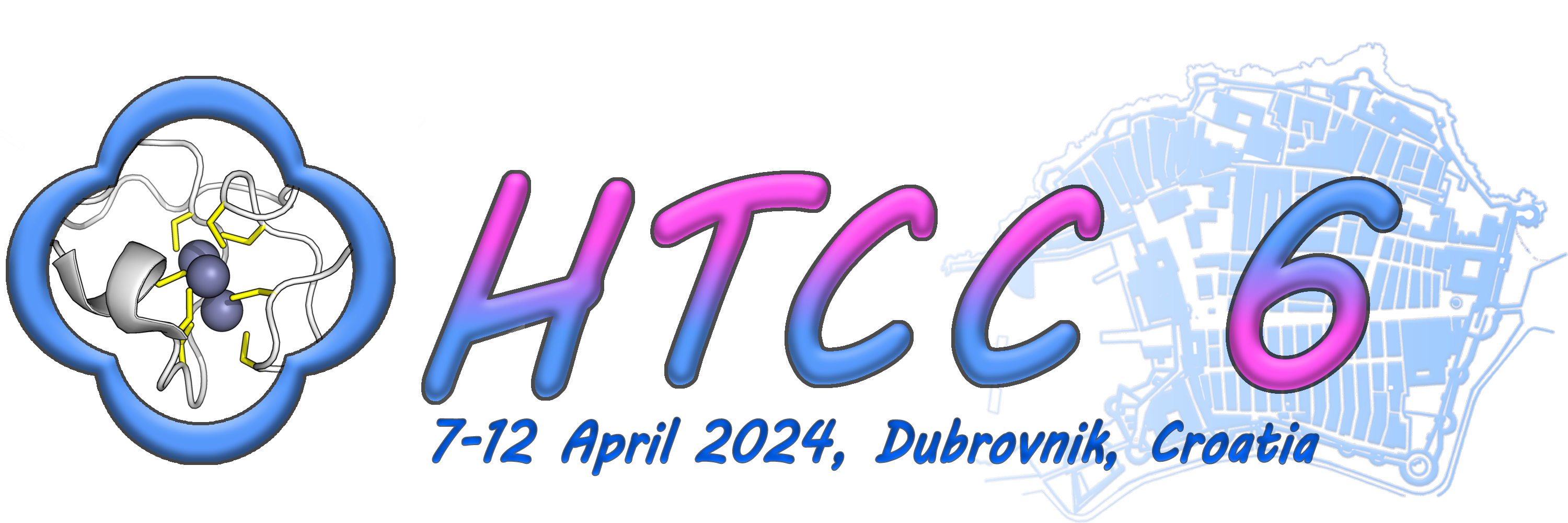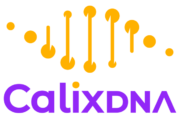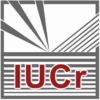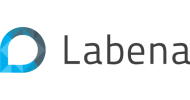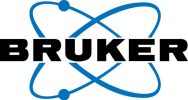dr. Krešimir Molčanov
Ruđer Bošković Institute
Zagreb

HT2: Data Collection
L1: Data Collection on Laboratory Diffractometers: Basics, Strategies, Data Reduction
Basics of data collection and data reduction on laboratory diffractometers are presented and strategies for data collection are laid out. Preliminary measurements for determination of unit cell, Laue group and exposure time are important, and relations between crystal symmetry, reciprocal lattice and Ewald sphere are explained. Symmetry of the diffraction pattern is linked to the crystal symmetry; further, Friedel’s law adds (an approximate) inversion symmetry to the diffraction pattern. Thus, Laue group can be determined from preliminary measurement.
Different geometries of modern goniometers are laid out: Eulerian, kappa and three-circle; relation between diffractometer axes and reciprocal lattice of the crystal are explained.
Strategies for data collection are laid out. A good choice for strategy takes into account symmetry of the crystal and type of goniometer. Terms such as multiplicity, redundancy, symmetry-inequivalent part of Ewald sphere and measurement of Friedel pairs are explained.
After the data collection, the raw diffractometer are processed (or ‘reduced’) into a reduced form, a .hkl file, which contains a list of reflections with Miller indices, intensities and their standard deviations. Multiple measurements of the same reflection (or its symmetry equivalents) are merged, and random errors are thus cancelled out. Different types of absorption correction and their (dis)advantages. are discussed
